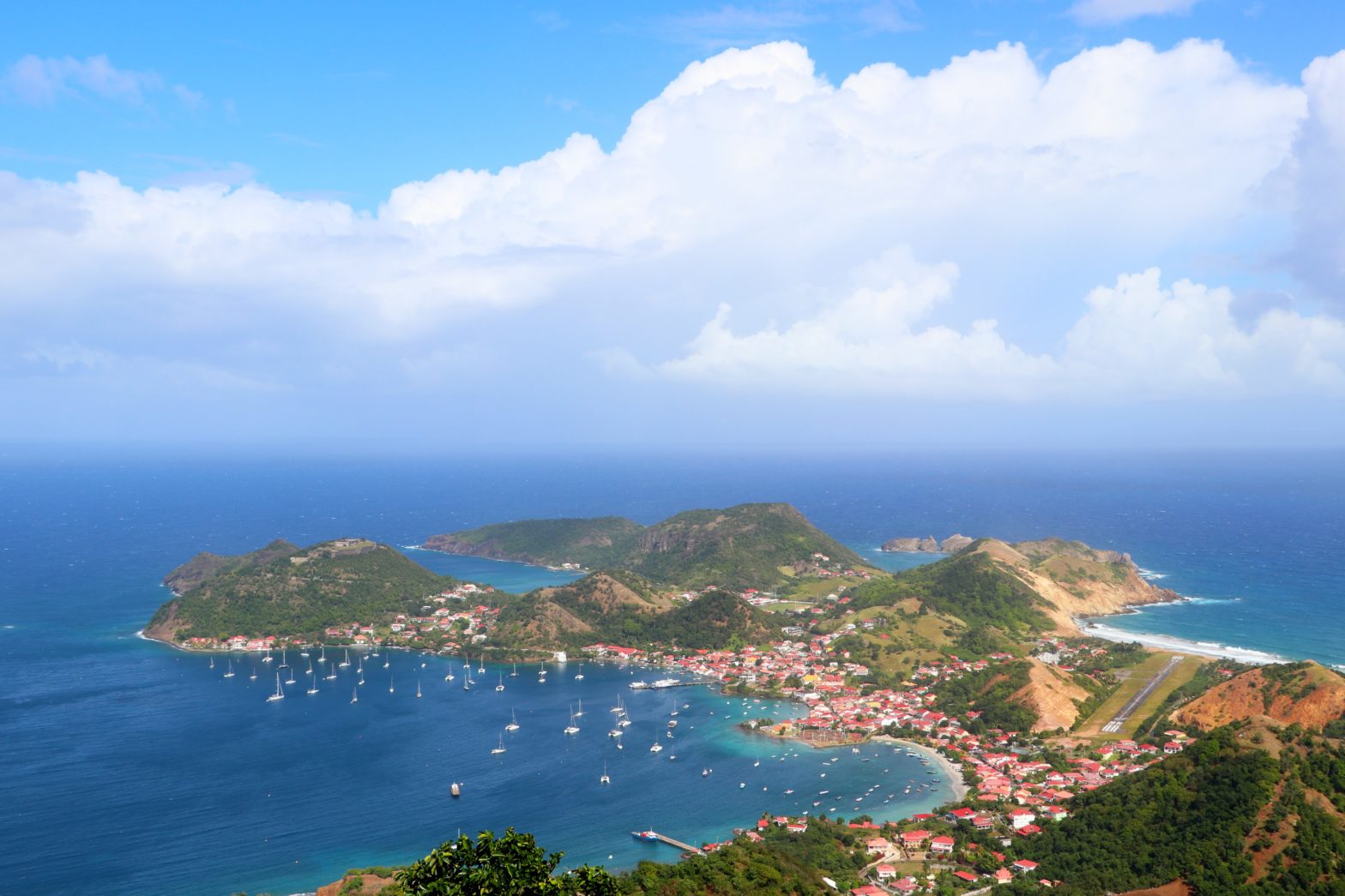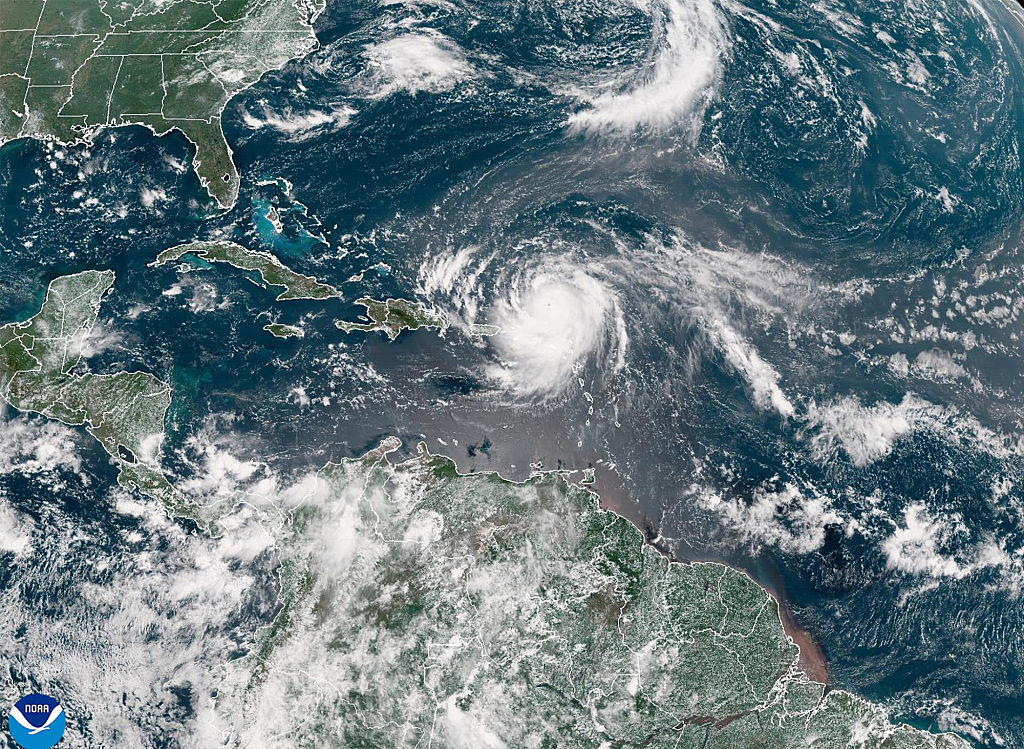“Live free or die!” declared Solitude, “The Warrior Woman” of Guadeloupe shortly before her execution. Her crime, of course, was no crime at all. She helped lead the island’s rebellion to purge slavery and overthrow the French.
The 1800s were pivotal years for the Caribbean. Haiti was in the last years of its own revolution, which went on for over a decade. After much bloodshed, it became the first Black republic in 1804. Guadeloupe remains under the boot of the French to this day and didn’t abolish slavery until 1848.
“La Mulâtresse Solitude” was born in Guadeloupe in 1772. Her earliest years are something of a mystery, but she was the child of a French sailor and an African woman. Some believe Solitude was likely the product of rape, a common occurrence at the time.
Peoples of the Historical Slave Trade states, “Solitude escaped slavery with her mother, who died when she was eight.”
European control of Guadeloupe changed several times before Solitude was born. First, it was in Spanish hands when Columbus arrived and named it in honor of the Santa Maria de Guadalupe monastery of Extremadura. The French took the reins from the Spanish around 1635, and in order to capitalize on sugar cane production, brought over enslaved Africans to do the labor. It officially became part of the French kingdom in 1674, before the British claimed it during the Seven Years’ War. They played tug o’ war for a long while before the French won indefinitely.
Region Guadeloupe writes, “Victor Hughes, Commissioner of the Convention, proclaimed the abolition of slavery. However, on Napoleon Bonaparte’s orders, General Richepance disembarked in Guadeloupe in 1802 to reestablish slavery.” Solitude was one of those who resisted this, and her courage was all the more remarkable because she was pregnant.
Slavery and Remembrance writes, “Solitude joined La Goyave, a maroon settlement in the mid-1790s. She became the leader of a small group that escaped to the hills of Guadeloupe, eluding capture. On May 5, 1802, French ships arrived in Pointe-à-Pitre carrying troops ready to enforce Napoléon’s decree to reinstate slavery on the island. Battles erupted as Africans and their descendants fought to preserve their freedom.”
Though she had no formal military training or experience, Solitude knew how to galvanize people. Her followers threw their weight behind Commander Louis Delgrès. He and his troops “allowed the French soldiers to advance into their territory before igniting stores of gunpowder.” This strategy was effective; killing approximately 400 French soldiers.
One dramatic account of Solitude reads, “from victory to victory, and then from setback to setback, she pushed herself and her womb all the way up into the mountains before the final defeat.”
In that final defeat, French forces put down many of the rebels. Solitude herself was badly injured and they took her to Basse-Terre prison where she awaited trial. The verdict was unsurprising. A tribunal found her guilty of high treason and sentenced her to death. The French allowed her to give birth before hanging her the next day, November 28, 1802.
There’s a statue of a pregnant Solitude in Point-à-Pitre, Guadeloupe, showing her with her hands defiantly placed on her hips. It’s the work of sculptor Jacky Poulier, a native of the island. If you ever visit Guadeloupe, you can find the Solitude statue presiding over a roundabout.
This summer, Paris inaugurated a statue of Solitude in the 17th arrondissement. She has one hand on her large belly while the other thrusts a rolled document into the air. Its debut was part of France’s National Memorial Day for Slavery and Its Abolition, which takes place on May 10.
Books, songs, and plays have also celebrated Guadeloupe’s warrior woman.
Related: Learn About Toussaint Louverture: The Architect of Haiti’s Freedom





